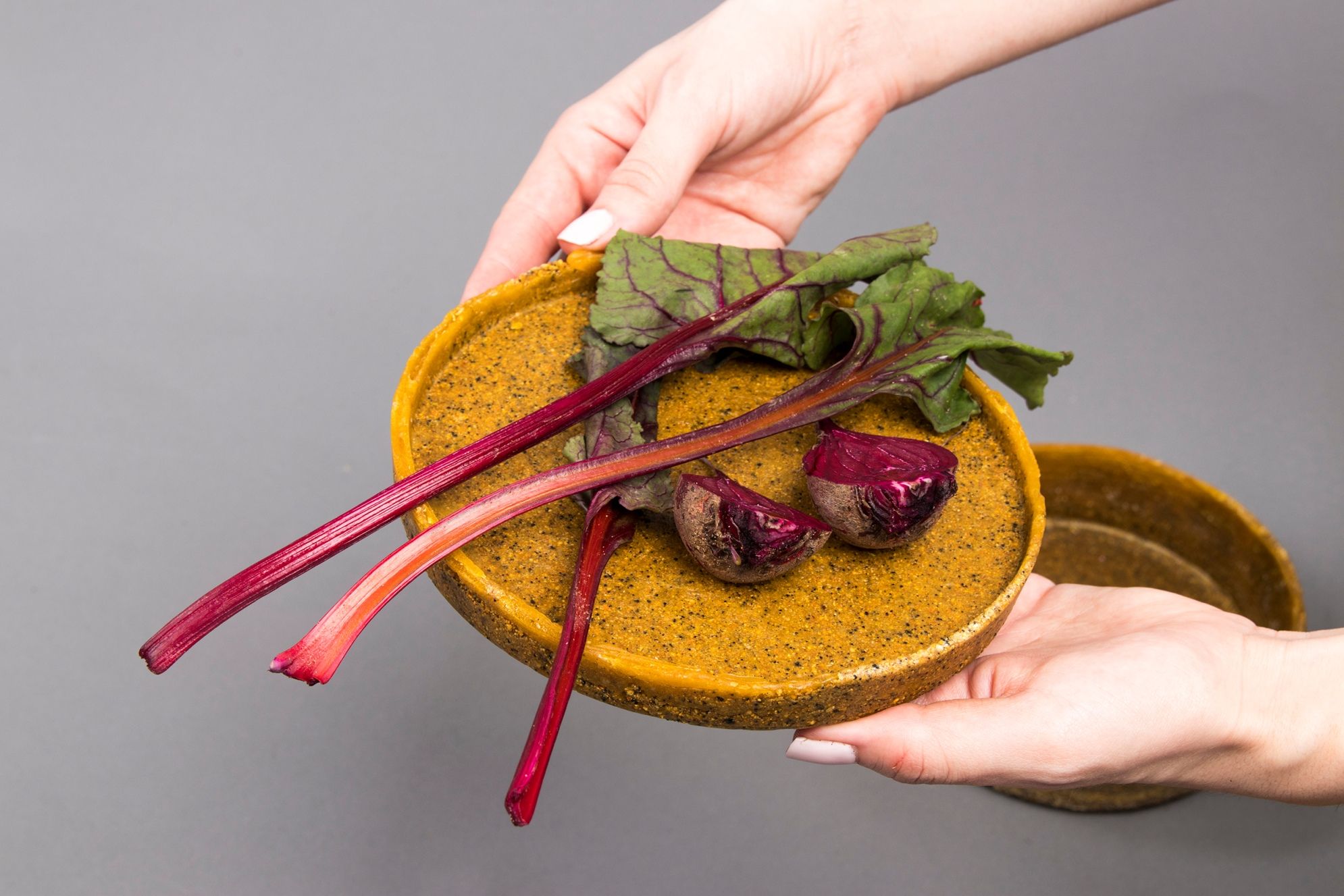Polish designer Marcelina Komar creates new, functional design objects from the inedible parts of vegetables and fruits. This is The_peel Project, a collection of objects made of biowaste!
“It only depends on our routine and habits when an item is seen as waste. The best thing is that our habits can be transformed and standard practices can be redefined,” according to Marcelina. Based on this idea, the designer began researching the possibilities of biowaste as the topic of her diploma thesis: the solution, according to Marcelina, lies in redefining the concept of “waste”.
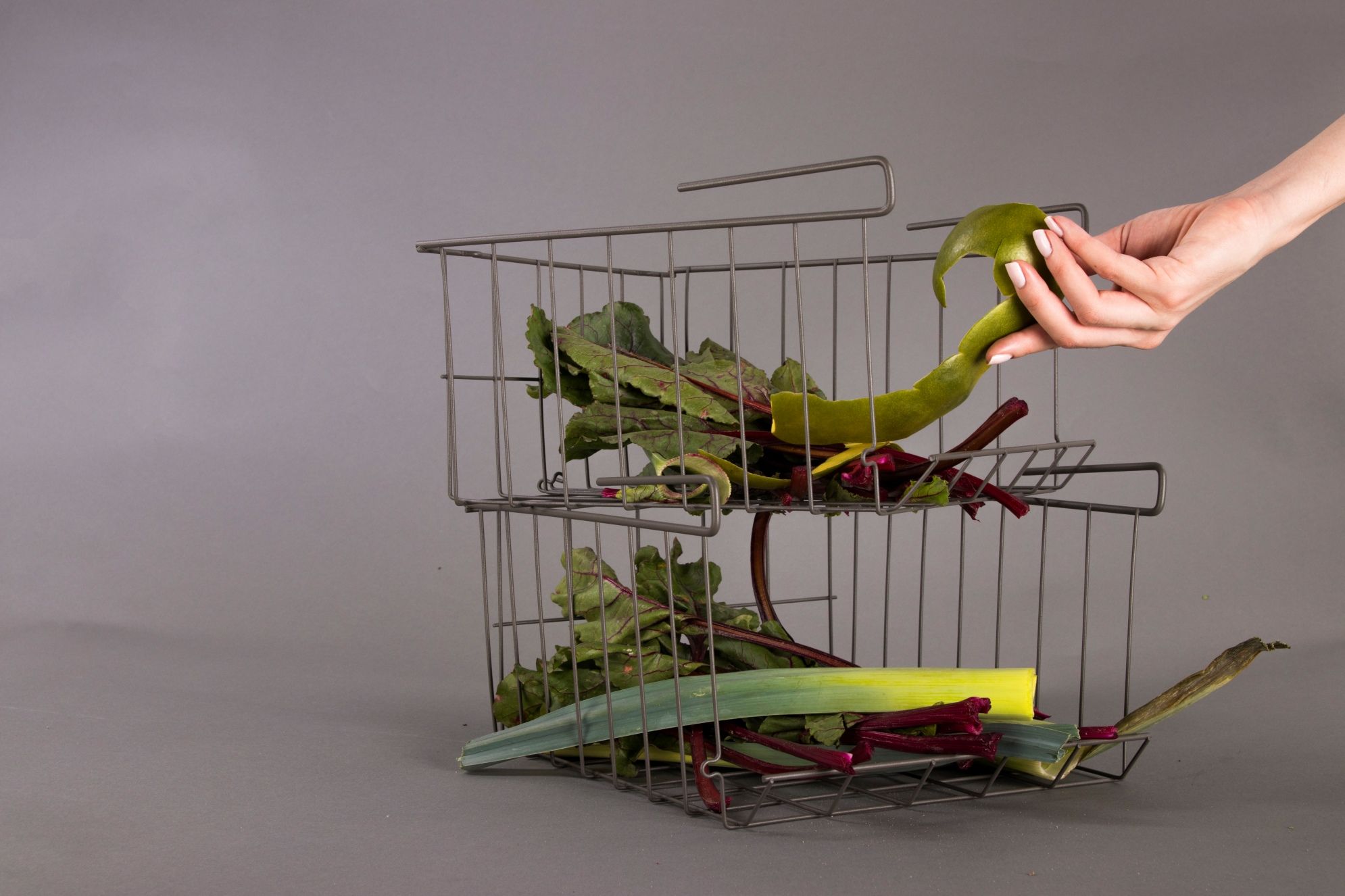
The project’s core idea was born by questioning the function of waste bins: “What if bins could prolong the life of peelings instead of making them useless?” Marcelina poses the awareness-raising question on her Instagram page. The_peel Project treats the inedible parts of vegetables and fruits not as waste but as raw material, from which we can create useful containers or other easy-to-use tools.
During the preparation process, the peels, shells, and other unnecessary parts are dried and then ground to a powder. The color and fragrance of the resulting powder may vary depending on the type of waste that was collected. The powder is then mixed with starch and glycerin, and placed in a special press. The plates, bowls, and containers prepared this way can replace their counterparts made of plastic or synthetic materials, and they’re also durable thanks to the appropriate ratio of starch to glycerin. Their only enemy is water, which causes them to decompose.
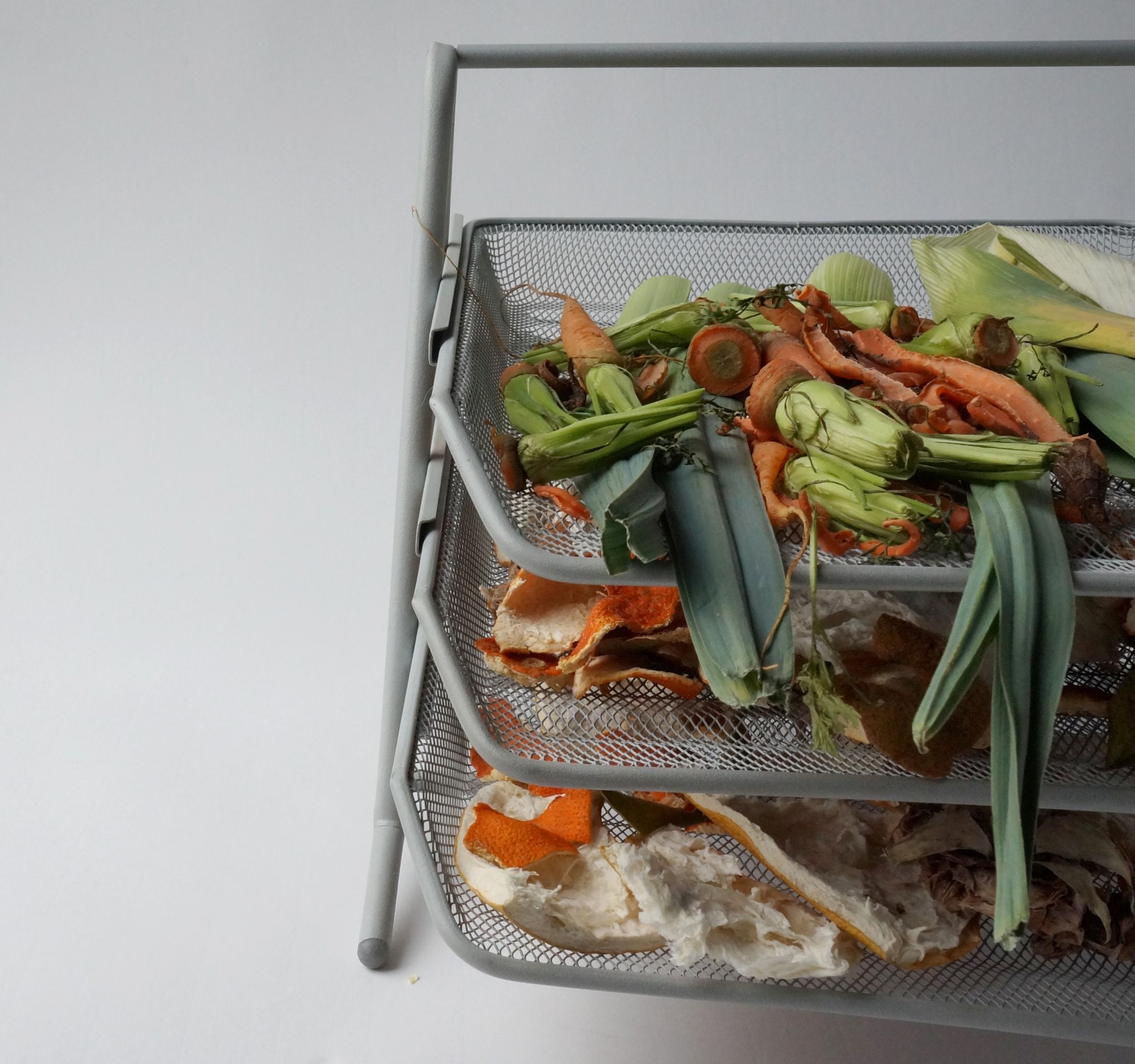
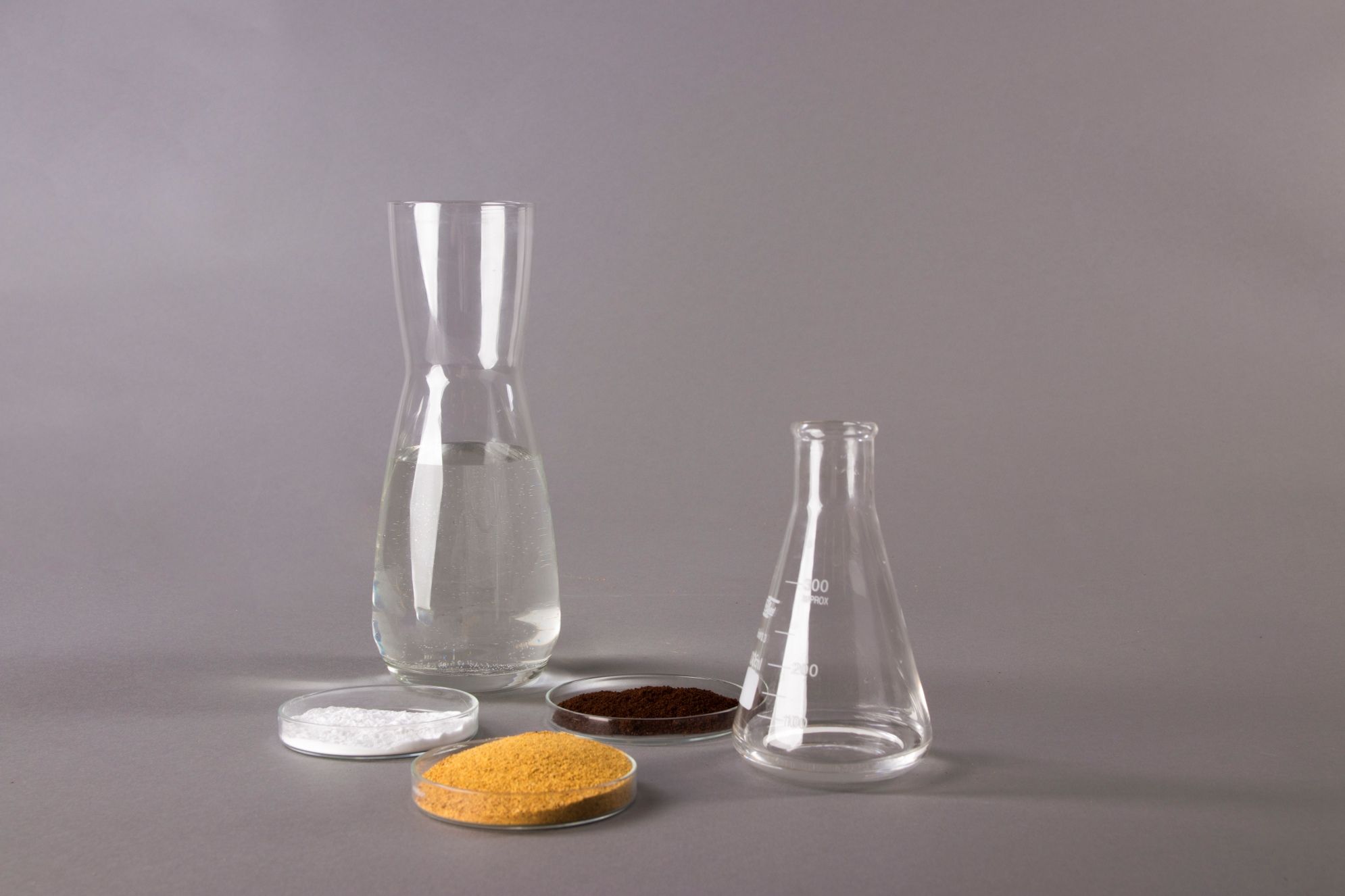
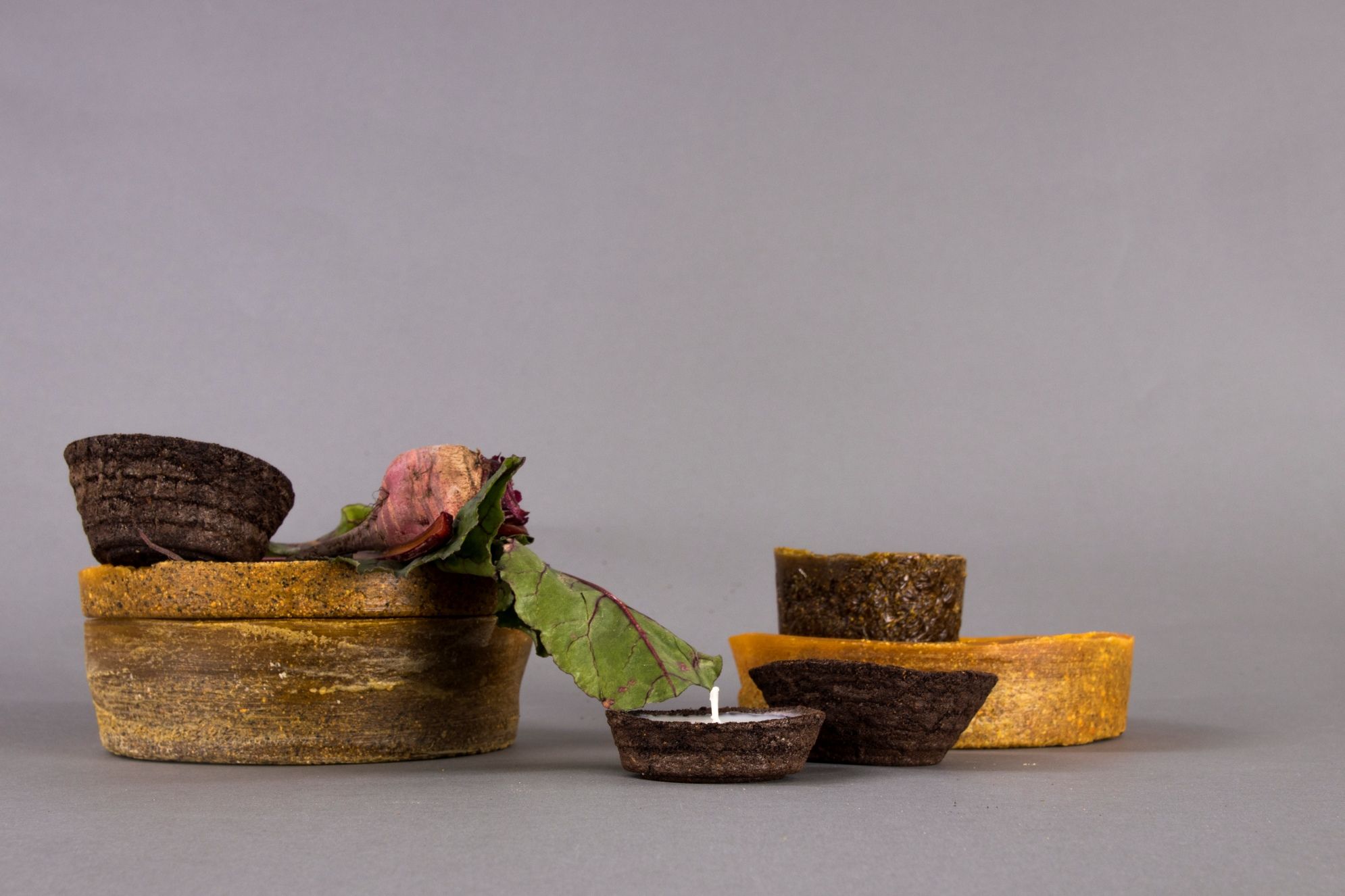
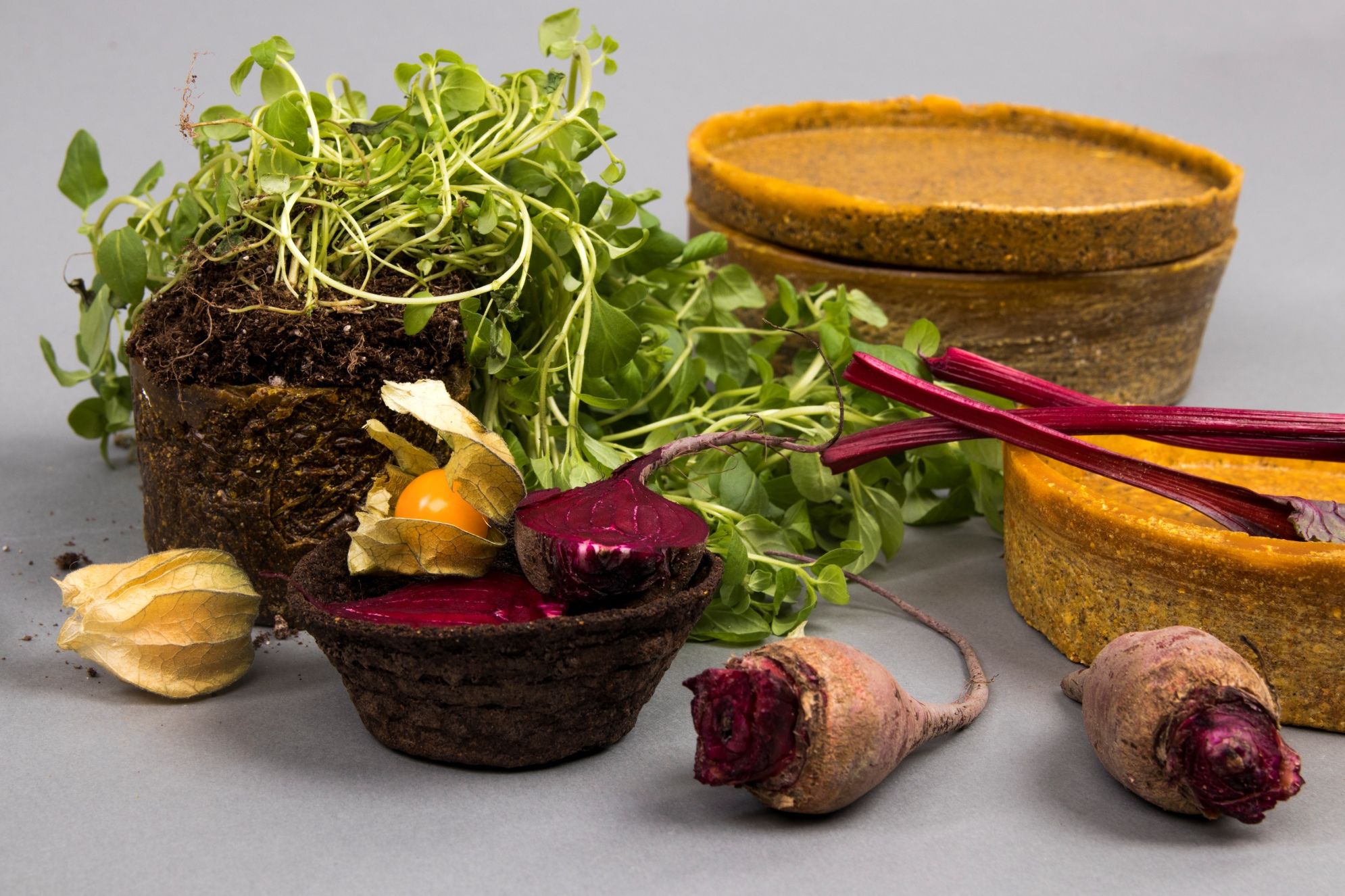
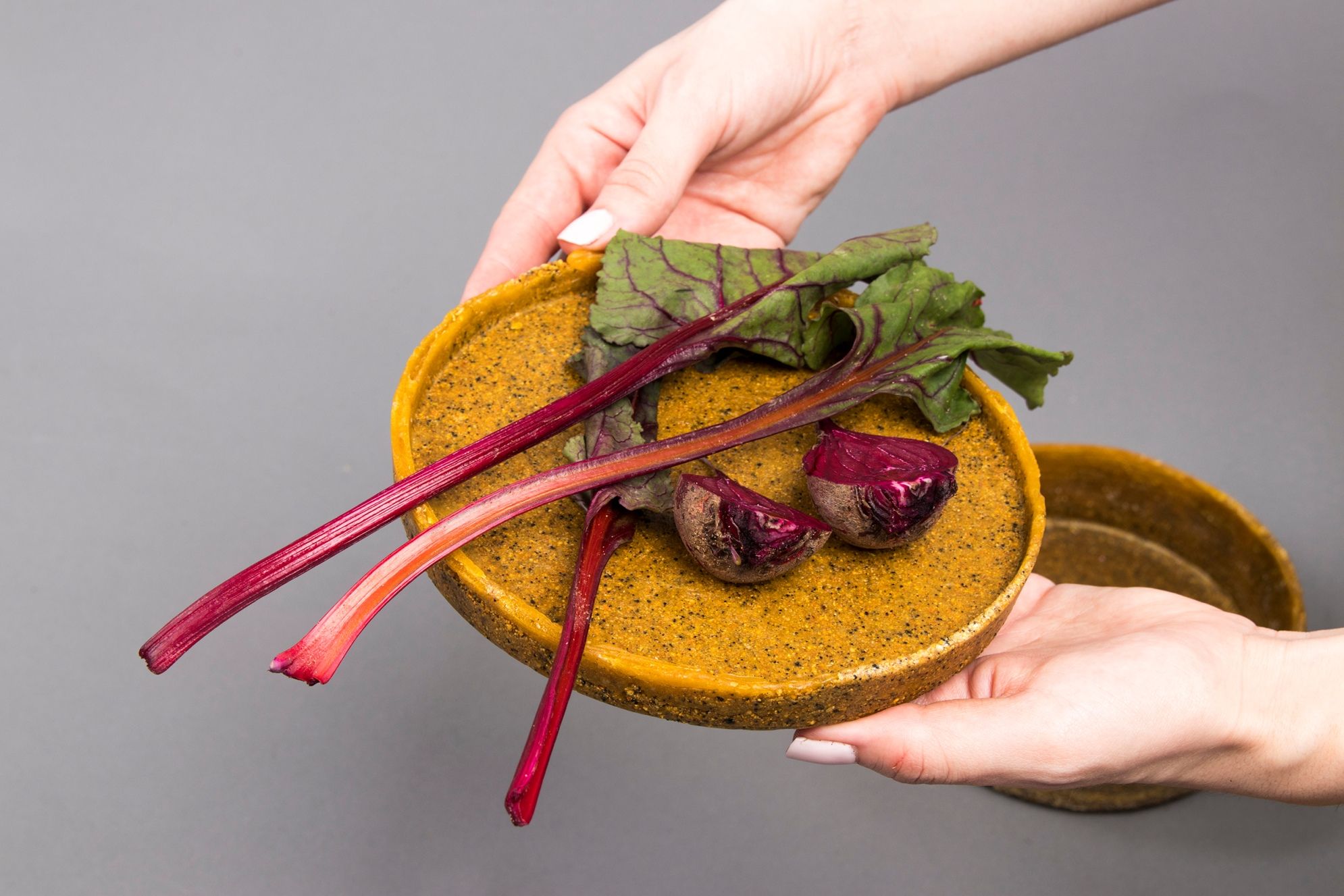
For the time being, Marcelina Komar’s initiative is only a concept. For further news, follow the designer’s Instagram page, where we can gain a deeper insight into the details of The_peel Project.
Marcelina Komar | Instagram
Source: WhiteMAD
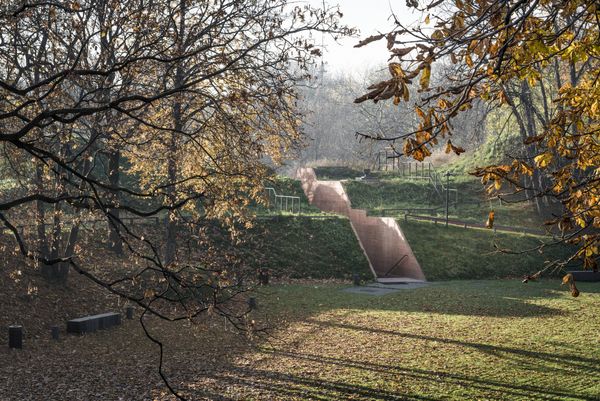
Katyń Museum | Warsaw, Poland
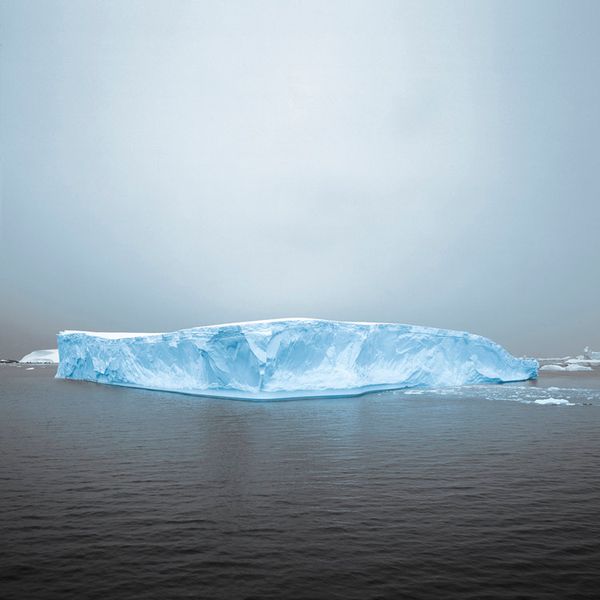
Magda Biernat | Adrift










